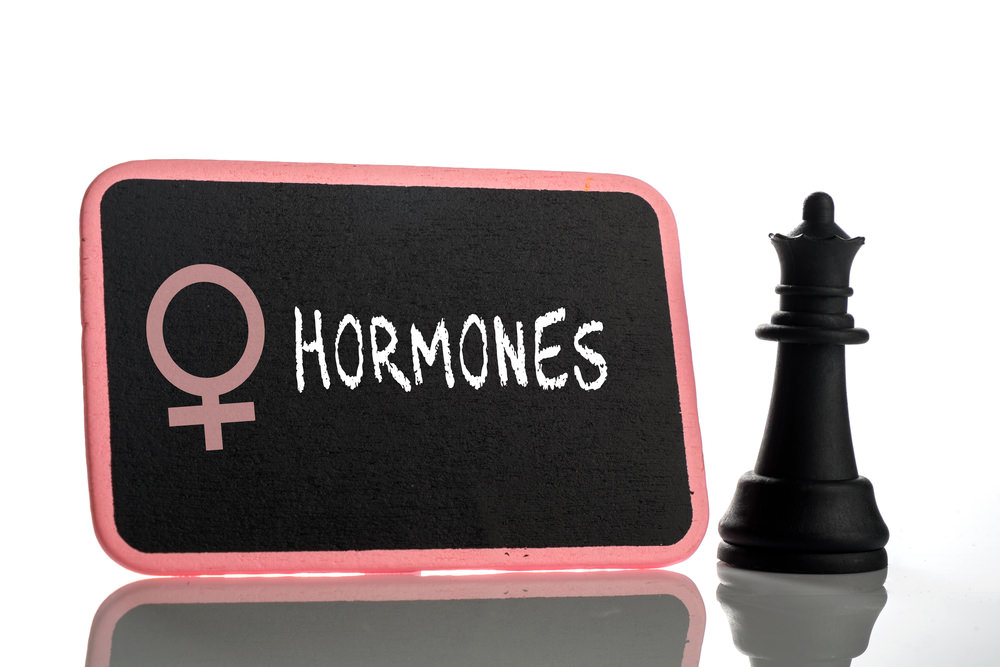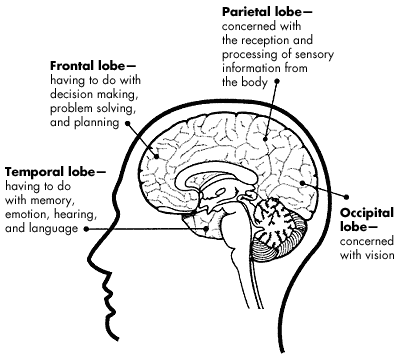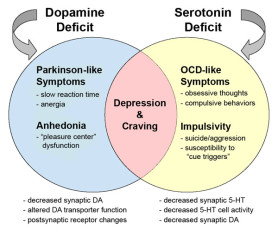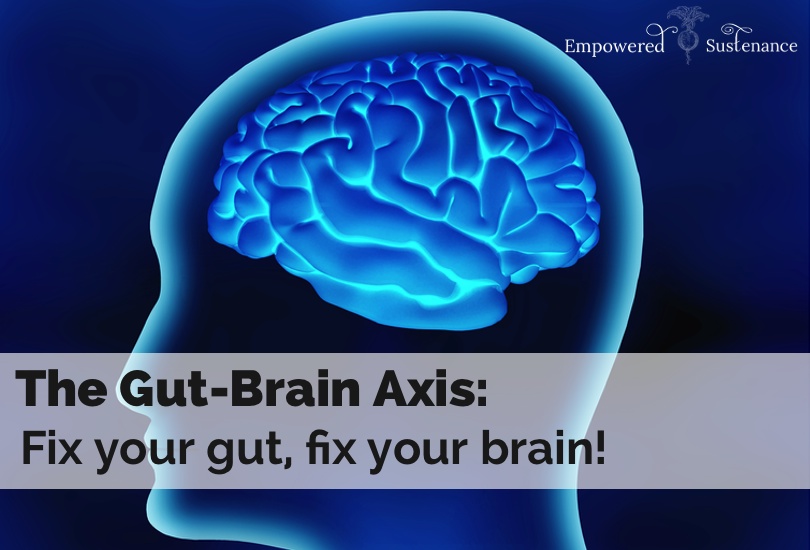
some foods are associated with brain problem, and drug addiction is even more dangerous, eat healthy foods
Making reference from the holy book, God created all things that in his wisdom would make humanity comfortable before even thinking of creating man in his likeness. Among the things created to keep man comfortable is food. From creation man has made a lot of modification on what they feed on making me to believe that it was God’s will that we feed on freshness of his freely provided food be it food derived from vegetation or from animals. What we call improvement is in my view the problem why today we can imagine food as being addictive and this is going to form the basis of our discussion in this article. Therefore to start you off the foods we feed on often affect how our neurons behave and subsequently how we think and feel. From this description in your brain’s perspective, food is a drug.
We are generally feed on carbon most of the time. Carbon gets into our system through our feeding tubes in the form of fats, carbohydrates, and proteins, we then break those chemical bonds to extract energy, and excrete the residue as carbon dioxide, water vapor and various solid waste. However, occasionally some of these chemicals can make their way from your digestive system and into your brain and the consequences can be subtle or profound.
Ascertaining the distinction between what is considered a food (something that your body wants or needs in order to function optimally) or a drug (something that your brain wants or needs in order to function optimally) is becoming increasingly difficult to define. Indeed, the routine use of some substances, such as stimulants and depressants, is so universal that most of us do not even consider them to be drugs, but, rather, actual food. For instance is coffee, tea, tobacco, alcohol, cocoa, or marijuana a nutrient or a drug?
The truth is that anything you take into your body should be considered a drug, whether it’s obviously nutritious or not (of cause we are now talking on the improvement we have done on what God had intended for our consumption before we introduced technology on food). As you will see, even molecules that are clearly nutritious (such as essential amino acids like lysine and tryptophan—available in bulk at your nearest grocery store) exhibit properties that many of us would attribute to drugs.
The foods we eat, and many of our most popular psychoactive drugs, come from plants or animals. The ingredients in these plant and animal products are very similar if not identical to the neurotransmitters our brains and bodies use to function normally. This is why the contents of our diets can interact with our neurons to influence brain function, and it highlights a very important principle that chemicals in the food that you eat will only act upon your brain if in some way those chemicals resemble an actual neurotransmitter or otherwise interact with a biochemical process in your brain that influences the production, release, or inactivation of a neurotransmitter. These active ingredients should be closely scrutinized for assurance of good health.
You may be wondering how plants and humans use such similar chemicals for normal everyday functions! Plants produce chemicals capable of affecting our brain because they share an evolutionary history with us and primitive one-celled organisms produce many of the same chemicals that are in our brains. Therefore, irrespective of what you choose to eat the chemicals each meal contains may alter how your neurons function and by extension how you feel or think. We have all experienced the consequences of our shared evolutionary history with the plants we eat. For example, unripe bananas contain the neurotransmitter serotonin. When you eat an unripe banana, its serotonin is free to act upon the serotonin neurons within your digestive tract. The result is likely to increase activation of the muscles in the wall of your intestines.
Many plants contain compounds that should be able to enhance your brain’s performance. For example, potatoes, tomatoes, and eggplants contain solanine and α-chaconine substances that can enhance the action of acetylcholine, a chemical in your brain that is vital to memory formation. Your mood might be enhanced slightly by eating fava beans because they contain L-DOPA, a precursor to the production of dopamine, the reward chemical in your brain. Whether these food-borne compounds actually affect your brain depends on the quantity eaten and your own personal physiology.
Morphine like chemicals are capable of acting upon the brain are produced in your intestines when you consume milk, eggs, cheese, spinach, mushrooms, pumpkin, and various fish and grains. Dairy products in particular contain a protein known as casein, which enzymes in your intestines can convert into beta-casomorphin. In newborns, that beta-casomorphin can easily pass out of the immature gut and into the developing brain to produce euphoria. The pleasurable feeling produced by this opiate-like compound in newborn mammals after their first taste of their mother’s milk is believed to encourage the infant to return again and again for nourishment. Thus, being able to experience the euphoria induced by this opiate-like chemical has life and death consequences for the newborn child.
These are definitely plants derived from drugs. Chocolate contains a bit of caffeine, but also an array of other psychoactive compounds that may contribute to the pleasurable sensation of eating it. Chocolate contains phenethylamine a molecule that resembles amphetamine, and a small amount of a chemical called anandamide, which resembles the active ingredient in marijuana. Anandamide happens to be used by our brain as a regular neurotransmitter and appears to be critical for us to experience pleasure.
Chocolate also contains some estrogen-like compounds, a fact that may explain a recent series of reports showing that men who eat chocolate live longer than men who do not eat chocolate. The effect was not seen for women, who have an ample supply of their own estrogen until menopause. Post-menopausal women still may gain benefits from being chocoholics, though, because chocolate also contains magnesium salts that may reduce the frequency and severity of hot flashes and night sweating. And finally, a standard bar of chocolate contains as many antioxidants as a glass of red wine. Clearly, there are many good reasons for men and women to eat chocolate to obtain its indescribably soothing, mellow, and anxiety-reducing effect.
Finally having seen the effect of food to human life, as a society we must pool together to ensure that we live a happy life therefore the services of professionals will be necessary to give guidance. At AWAREmed Health and Wellness Resource Center under Doctor Akoury’s care, you will be well taken care of. Doctor Akoury is an expert with more than two decades of experience and when you are addicted in any way she will focus on Neuroendocrine Restoration (NER) to reinstate normality through realization of the oneness of Spirit, Mind, and Body, Unifying the threesome into ONE , this is the place to be.










